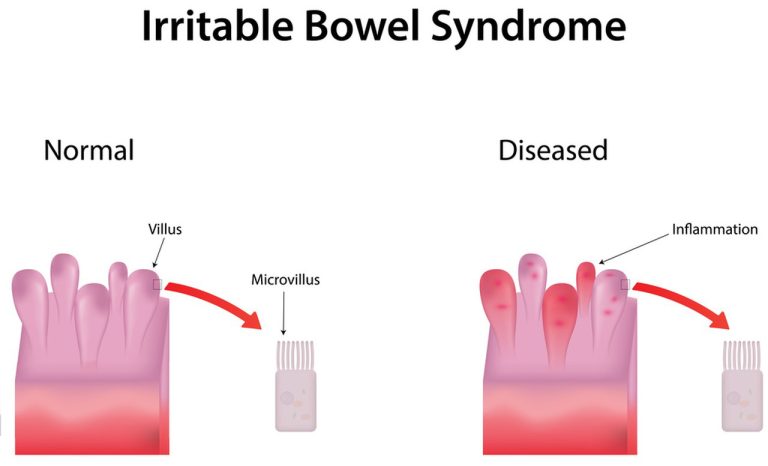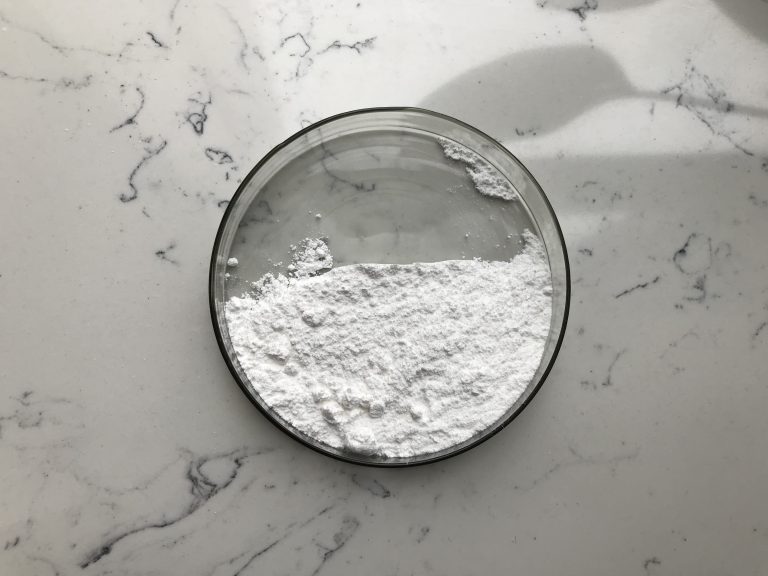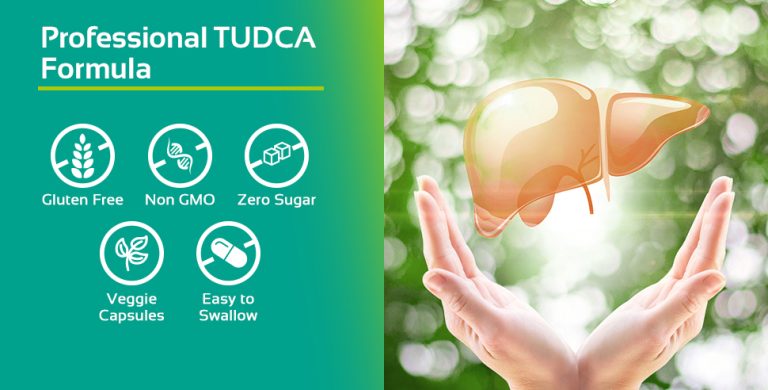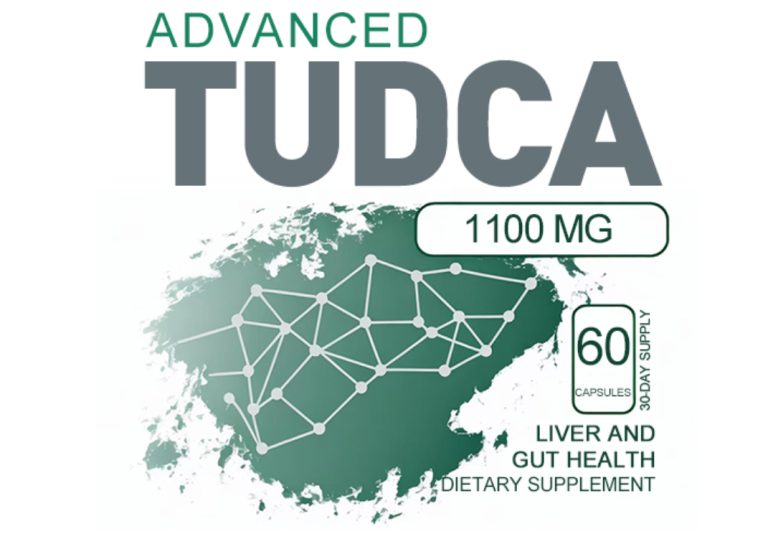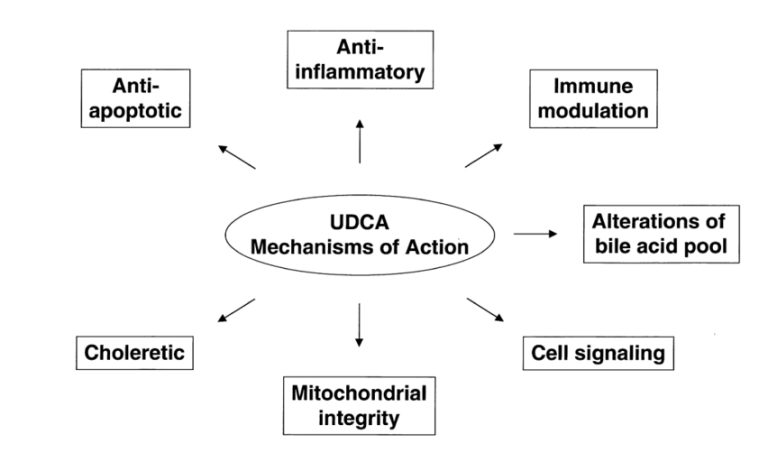
Uses of UDCA
UDCA (Ursodeoxycholic Acid) is a bile acid used for various medical conditions related to the liver and gallbladder. Uses of UDCA 1. Primary Biliary Cholangitis (PBC) UDCA is the first-line treatment for primary biliary cholangitis, a chronic liver disease that…





